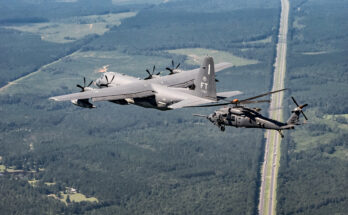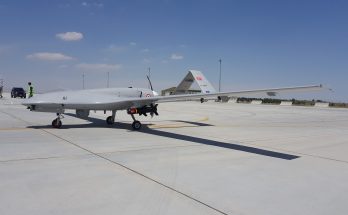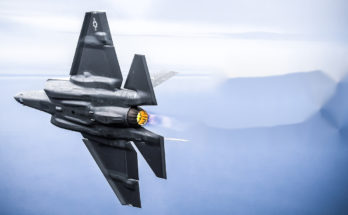by Nicole Auger, Forecast International.
United States President Barack Obama has released military aid to Egypt that was suspended after the 2013 overthrow of the nation’s first democratically elected president since the fall of President Hosni Mubarak. The White House said Obama notified Egyptian President Abdel-al-Fattah al-Sisi, in a phone call on March 31, that the U.S. would be sending 12 F-16 fighter jets, 20 missiles, and up to 125 tank kits to Egypt, while continuing its annual $1.3 billion in military assistance to the country.
Egypt is considered one of the crucial diplomatic intermediaries in the region due to its size, strength, Arab/Muslim background, peaceful relations with Israel, and strong alignment with the U.S. It is also one of the largest recipients of U.S. aid. However, in recent years, Egypt’s influence upon its Middle Eastern brethren has been called into question because of increased disenchantment with U.S. policies in the region.
On June 30, 2013, the anniversary of then-president Mohammed Morsi’s inauguration, millions of Egyptians took to the streets demanding early elections. This prompted the head of the armed forces, Gen. Abdel-al-Fattah al-Sisi (now the Egyptian president), to declare a 48-hour ultimatum in order for all political parties to arrive at a mutual agreement. Because Morsi offered no compromises in the matter and made statements that he was the legitimate elected leader of Egypt, on July 3 Sisi effectively suspended the Constitution and ousted Morsi from power, allowing the military to assume leadership once again.
Since the coup, Egypt has experienced yet another round of demonstrations, this time by Muslim Brotherhood members and supporters demanding Morsi’s reinstatement. These protests have often been met with extreme violence and force. Notably, on August 14, 2013, Egyptian police committed one of the bloodiest massacres in recent history (often referred to as the R4BIA Massacre). In an attempt to end six weeks of sit-ins, Egyptian police moved to disperse the camps. Tear gas, rubber bullets, birdshot and live ammunition were used by police forces against the protesters. The police were reinforced by the use of bulldozers to clear barricades, the deployment of armored vehicles, and the presence of snipers on rooftops. Rumors of excessive force by the Egyptian police caused an uproar, leading people to take to the streets in anger all around the country. Although the reported number of deaths vary by source, it’s believed more than 600 civilians were killed, with almost 4,000 injured.
The ongoing violence was strongly condemned by the international community, especially the U.S., which canceled a planned joint military exercise, Operation Bright Star, with Egypt and suspended its planned delivery of F-16 fighter jets.
Angered by the Obama administration’s efforts to chill relations, Egypt began to look to other nations for arm purchases, mainly Russia and France. Notably, in February 2015, France confirmed a deal to sell 24 Dassault Rafale combat jets to Egypt for EUR5 billion ($5.7 billion), marking the first export order for the fighter jet. The arms package also includes the 6,000-ton FREMM multimission frigate Normandie and an order for MBDA air defense missiles.
Many analysts believe the deal represented a message to the U.S., and perhaps a missed arms deal opportunity for the nation. The U.S., meanwhile, has downplayed the Rafale sale, saying Egypt is a sovereign country and Washington has its own security relationship with Cairo.
The move by Washington to reinstate aid appears to be a sign of warming relations with Egypt. However, the U.S. has decided that despite this re-establishment, it will no longer allow Egypt to purchase military equipment on credit and will earmark future aid for specific activities related to U.S. counterterrorism goals, a move that may further push Egypt to seek out other weapons suppliers.
For 50 years, Forecast International intelligence reports have been the aerospace and defense industry standard for accurate research, analysis, and projections. Our experienced analysts compile, evaluate, and present accurate data for decision makers. FI's market research reports offer concise analysis of individual programs and identify market opportunities. Each report includes a program overview, detailed statistics, recent developments and a competitive analysis, culminating in production forecasts spanning 10 or 15 years. Let our market intelligence reports be a key part of reducing uncertainties and mastering your specific market and its growth potential. Find out more at www.forecastinternational.com



